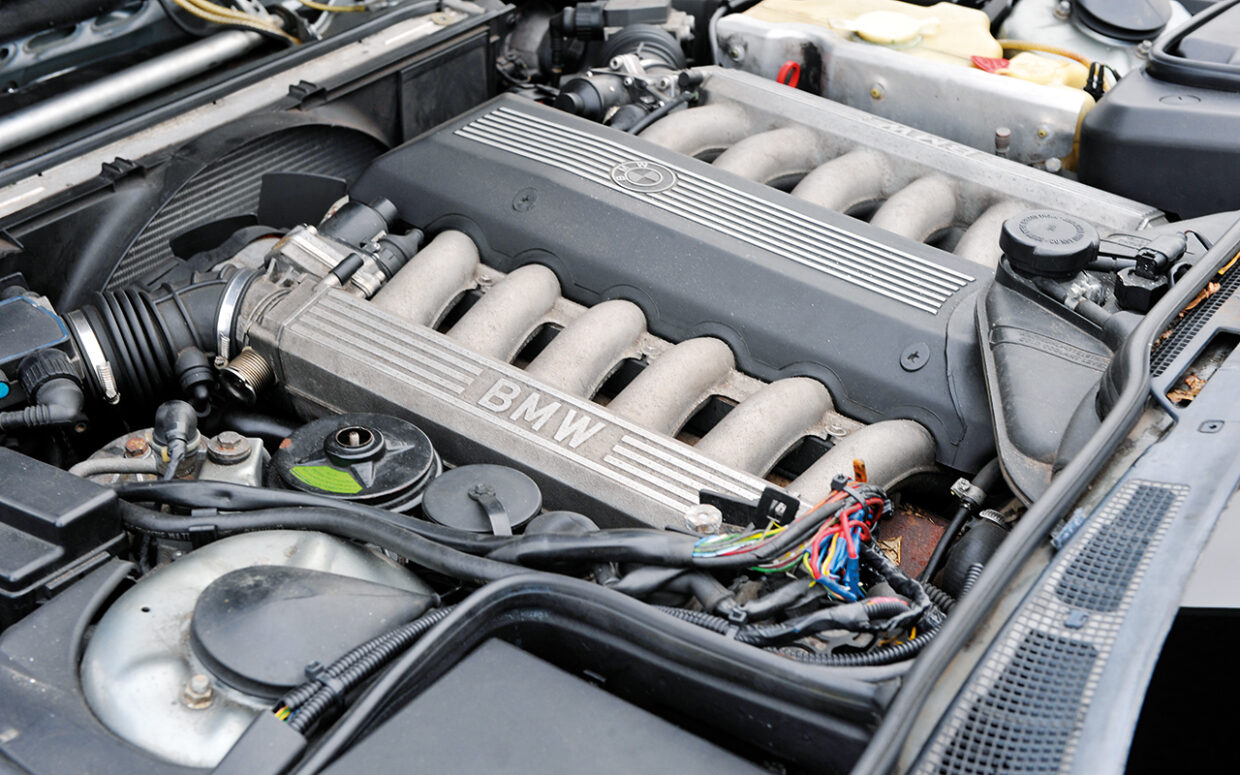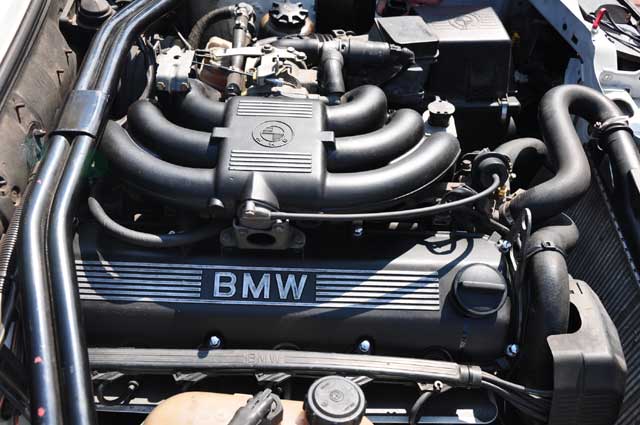Usual Issues Faced by BMW Engine Owners and Exactly How to Address Them
Usual Issues Faced by BMW Engine Owners and Exactly How to Address Them
Blog Article
Discovering the Development of Combustion Engines in Modern Transportation Equipments
As we browse the landscape of modern transportation, the evolution of combustion engines stands as a testimony to human resourcefulness and engineering prowess. The interaction of history, technology, and ecological problems in shaping the trajectory of burning engines develops a story that is both informative and compelling.
Early Beginnings of Combustion Engines
How did the principle of burning engines first arise in the early stages of transportation advancement? The roots of combustion engines can be mapped back to the 17th century when the principles of internal burning were first explored.
The advancement moment featured the creation of the initial effective gasoline-powered engine by Karl Benz in 1885 - bmw engine. This engine led the method for the growth of the contemporary auto, reinventing transport systems worldwide. Succeeding advancements by Nikolaus Otto and Gottlieb Daimler better refined combustion engine innovation, causing the automation of autos and the rapid growth of the transportation industry
These very early combustion engines were characterized by their simpleness and efficiency, laying the structure for the complex and powerful engines used in modern transport systems. The development of combustion engines has actually contributed fit the means we travel and transfer products, noting a substantial turning point in the background of transportation growth.
Shift to Internal Combustion Technology
The shift to internal burning technology noted a crucial change in the advancement of transportation systems. This change started in the late 19th century, with developers like Nikolaus Otto and Gottlieb Daimler establishing the initial effective inner burning engines. These engines transformed transport by offering a much more reliable and powerful alternative to heavy steam engines and electric motors.
One of the vital advantages of internal combustion engines was their capability to be reduced to fit into lorries, resulting in the growth of automobiles and motorcycles. This change from large, stationary engines to small, mobile ones led the way for the modern transportation systems we see today.
The shift to internal burning technology also stimulated innovations in gas technology, resulting in the development of gasoline and diesel as key fuel sources for vehicles. This change not only made transport extra accessible to the masses yet additionally laid the structure for the oil and gas industry to come to be indispensable to worldwide economic situations.
Influence of Combustion Engines on Transportation
The fostering of combustion engines in transport systems catalyzed an extensive change in the effectiveness and speed of international wheelchair. Burning engines revolutionized transportation by giving a reliable and functional resource of power for numerous lorries, including cars and trucks, ships, trucks, and aircrafts. This technology considerably improved the capability for goods and people to relocate over cross countries in shorter timespan, causing raised connection in between regions and nations.
Furthermore, the extensive use combustion engines has had a substantial effect on financial growth. The capability to deliver products efficiently has stimulated profession and commerce, enabling businesses to broaden their markets and reach customers worldwide. This has actually facilitated economic development and globalization, as products can currently be transported faster and in larger amounts than ever.
Nonetheless, the ecological effect of burning engines can not be overlooked. The burning of nonrenewable fuel sources has actually resulted in air pollution and greenhouse gas discharges, adding to environment change and presenting health dangers to populaces. bmw engine. Consequently, there is an expanding focus on creating alternate propulsion modern technologies to alleviate these adverse impacts and produce a much more lasting future for transport
Developments in Burning Engine Layout
Many innovations in burning engine style have actually pushed the development of transport systems over the decades. One remarkable technology is the development of turbocharged engines, which use exhaust gases to drive a generator that presses inbound air, allowing for more gas to be burned, causing boosted power output without a substantial rise in engine dimension. In addition, straight shot technology has improved fuel efficiency and efficiency by specifically regulating the quantity and timing of fuel injected right into the burning chamber. Variable valve timing systems have also changed engine design by maximizing airflow at various engine speeds, boosting both power and performance. you could try here An additional substantial innovation is the integration of light-weight products such as carbon fiber and aluminum alloys, minimizing total engine weight and enhancing lorry gas economic climate. Furthermore, innovations in computer-aided style have actually enabled designers to maximize engine performance and effectiveness with simulations prior to physical models are developed, conserving time and sources in the development process. These advancements jointly contribute to the constant enhancement of combustion engines in modern transport systems.
Future Patterns in Combustion Engine Advancement
With modern technology advancements driving continuous technology, the future of combustion engine development is poised to change transport systems internationally. One of the vital trends in combustion engine development is the push towards better efficiency and decreased exhausts. Producers are investing greatly in r & d to enhance engine performance while meeting rigid environmental regulations. This consists of the assimilation of sophisticated fuel shot systems, boosted turbocharging approaches, and using lightweight products to optimize fuel usage and lower carbon emissions.
An additional famous pattern is the adoption of crossbreed innovations in combustion engines. Hybrid engines combine conventional burning innovation with electrical power, using improved fuel efficiency and lower emissions. As the vehicle industry changes towards electrification, hybrid burning engines are seen as a transitional remedy that links the space in between traditional lorries and completely electrical ones.
Furthermore, the combination of clever innovations, such as synthetic intelligence and data analytics, is expected to play a considerable duty in the future of burning engine development. These innovations can maximize engine efficiency in real-time, leading to much more effective burning processes and improved overall car efficiency. Embracing these future patterns will not only drive development in combustion engine development however additionally add to an extra sustainable and eco pleasant transport ecosystem.

Verdict
In Going Here final thought, the advancement of combustion engines in modern-day transport systems has actually been noted by substantial innovations in innovation and layout. From the early beginnings of burning engines to the change to inner burning technology, these engines have actually had a profound effect on transport. Developments in combustion engine style remain to drive development in this field, with future patterns concentrating on further enhancing effectiveness and lowering discharges. The future of combustion engines in transport looks encouraging as r & d initiatives proceed to press borders.
The origins of burning engines can be mapped back to the 17th century when the concepts of interior burning were first explored. These engines changed transport by providing a much more effective and powerful alternative to steam engines and electrical motors.

Report this page